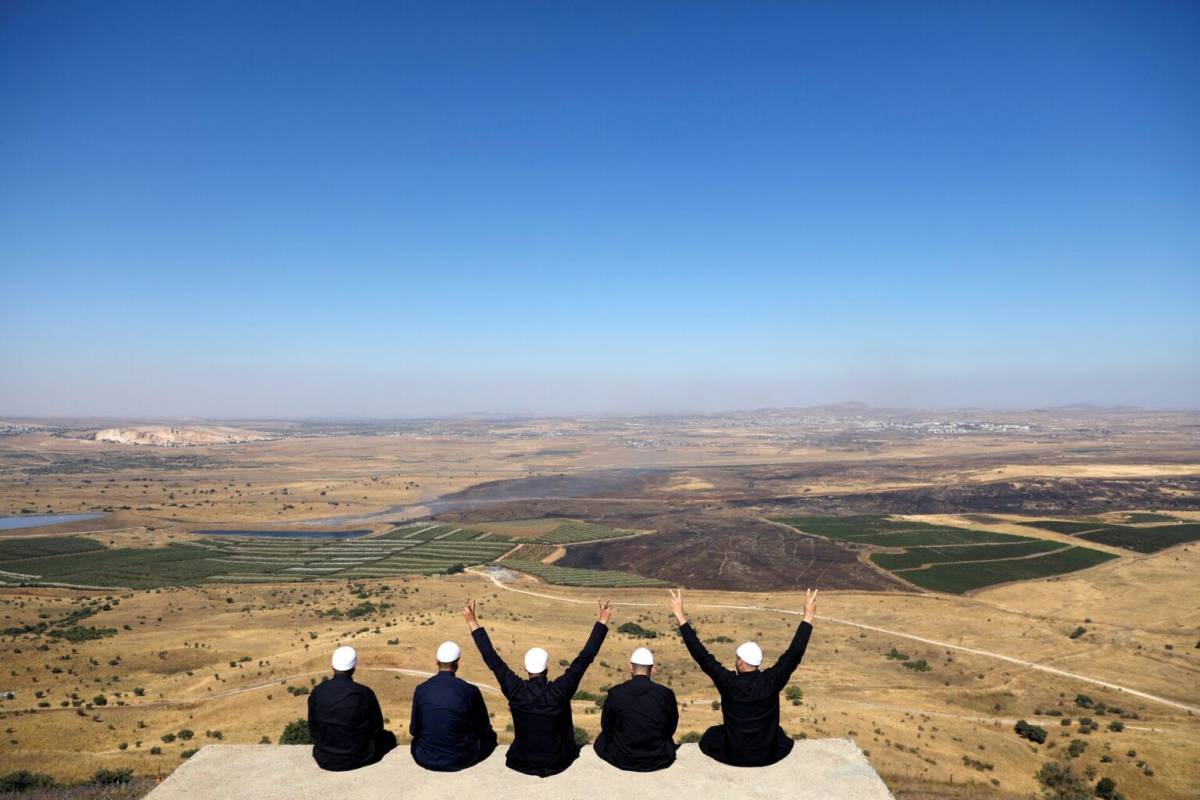1878 Views
Water as a Weapon: How Israel’s Hydro-Hegemony Shapes the West Asia
Widespread droughts, a growing population, and weak governance have pushed water resources in West Asia to the brink of crisis. Nearly all usable water is being consumed, increasing the likelihood of social unrest, armed conflict, and international disputes. Technological advances, such as desalination plants, have not solved the problem.
States and regimes with access to water resources or invested technologies (such as Israel with its desalination plants) have been able to use control over water as a tool for political and security leverage. This has proven particularly threatening for countries without direct access to surface waters.
There are notable examples: Turkey, through massive dams on the Tigris and Euphrates, has gained natural dominance over downstream Iraq and Syria; and Israel, by investing in advanced technologies, has consolidated its hold on water resources.
Technological developments—such as wastewater treatment, water recycling, and desalination—have allowed Israel not only to overcome its own water crises but also to intensify pressure on its neighbors. Israel’s continued water dominance has left the regime with little incentive to pursue a political resolution to the Palestinian question or the two-state solution. Water, as a political lever, has become an instrument for pressure and the maintenance of the status quo.
Jordan and Palestine are heavily dependent on Israel for water supplies. Despite Jordan’s efforts to manage its limited resources, shortages persist, while the Palestinians remain under Israel’s total control of water resources. Israel uses this control as a tool of political and military coercion. In Gaza, for instance, the destruction of desalination facilities and the flooding of Hamas tunnels with water illustrate this approach.
Water’s role in relations between Israel, Jordan, and the Palestinians has often been analyzed in a one-dimensional way, focusing on Israel’s over-extraction of the Jordan River system. This became especially apparent after the completion of Israel’s National Water Carrier in 1964, which diverted water from the Sea of Galilee to major population centers and the arid south for drinking and agriculture. Israel’s usage frequently exceeded sustainable limits.
By maintaining control over water in Jordan and the Palestinian territories, Israel has created a vicious cycle: this control exacerbates the regional water crisis, while the worsening crisis, in turn, reinforces Israel’s motivation to sustain and deepen its dominance.
Jordan, constrained by economic weakness, population growth, and limited resources, has no option but to rely on Israeli water. Palestinians, meanwhile, face even harsher conditions under occupation, settlement expansion, and the absence of adequate infrastructure. The recent war in Gaza has further destroyed water systems and facilities for recycling and desalination. Reports of deliberate water contamination by Israel have worsened the crisis.
Water crises in Jordan, and especially Palestine, are intensifying due to Israel’s water dominance and the power imbalance it creates. The peace process had envisioned cooperation between the Palestinian Authority and Israel, but this was derailed with Netanyahu’s rise to power. This not only expanded Israeli control over the occupied territories but also deepened Palestinian internal divisions. The imbalance has essentially allowed Israel to dominate and exploit water resources, thereby entrenching its hydropolitical hegemony over Palestine.
The lifestyle of European settlers in the occupied territories—such as the insistence on having swimming pools in every villa—and excessive agricultural water use have pushed the entire region toward severe water bankruptcy.
Visible consequences include the dramatic retreat of the Dead Sea, the Jordan River turning into a fetid swamp, and widespread land subsidence across the occupied lands.
The water issue is not merely about Israel’s overuse. Today, Israel can meet much of its domestic demand through massive desalination plants, reducing dependence on existing aquifers. The discovery of significant offshore gas reserves in the Mediterranean ensures that desalination can continue for decades, even if no other solution emerges. Such technological advances, coupled with wastewater treatment and recycling, have consolidated Israel’s dominant position.
With intensifying climate change, water resources will come under greater stress, and water-related conflicts will become more severe and complex. The consequences may include food insecurity, entrenched political disputes, and a heightened risk of international conflict. Israel’s neighbors, when struck by severe water shortages, are forced to concede political and security compromises for survival. This is what can be called “water colonialism” or hydro-hegemony: Israel uses water as a geopolitical lever, just as some countries use oil or gas to exert pressure. In fact, regimes like Israel that control water resources exploit climate-induced stress in neighboring states, threatening them with collapse and then plundering their resources while obstructing state reconstruction through sanctions and perpetual wars.
By 2050, all West Asian countries are projected to face extreme water stress. This pressure will stem from climate change, overuse of water, and political tensions. In places like Gaza, water cut-offs, the destruction of water and sewage infrastructure, and restrictions on fuel for pumping and treatment have already caused outbreaks of waterborne diseases such as polio and cholera. Thus, water security in West Asia cannot be resolved merely through political approaches or regional and international cooperation. It also requires internal policy reforms and lifestyle changes to ensure efficient use of resources. Technical solutions, without domestic progress and resolution of regional and international conflicts, will remain ineffective.
*Translated by Ashraf Hemmati from the original Persian article written by Hakimeh Zaeem Bashi

Comment
Post a comment for this article